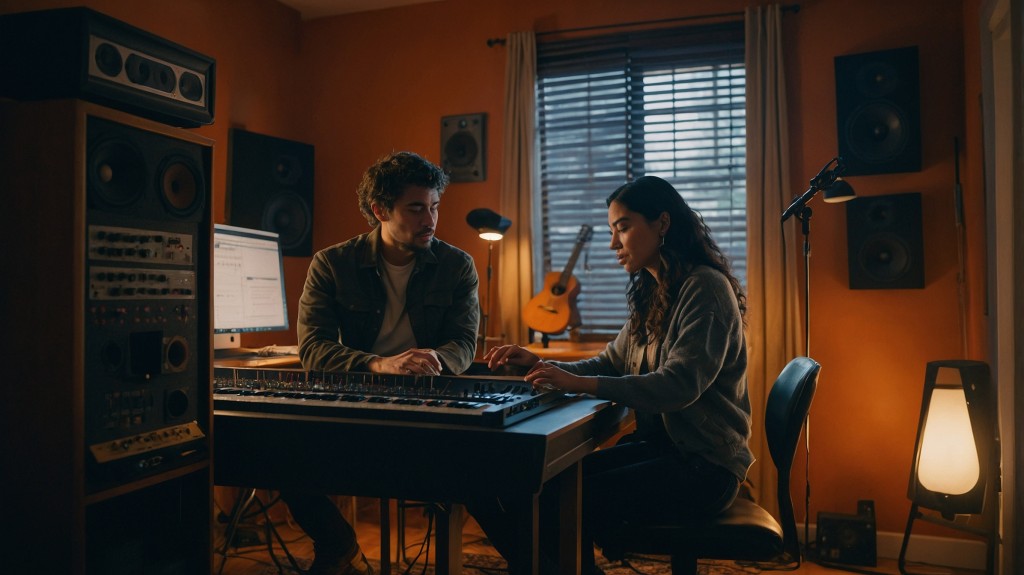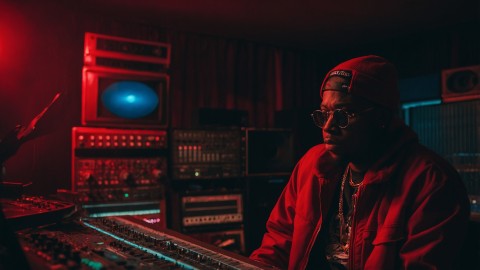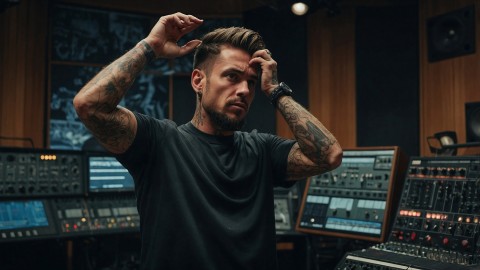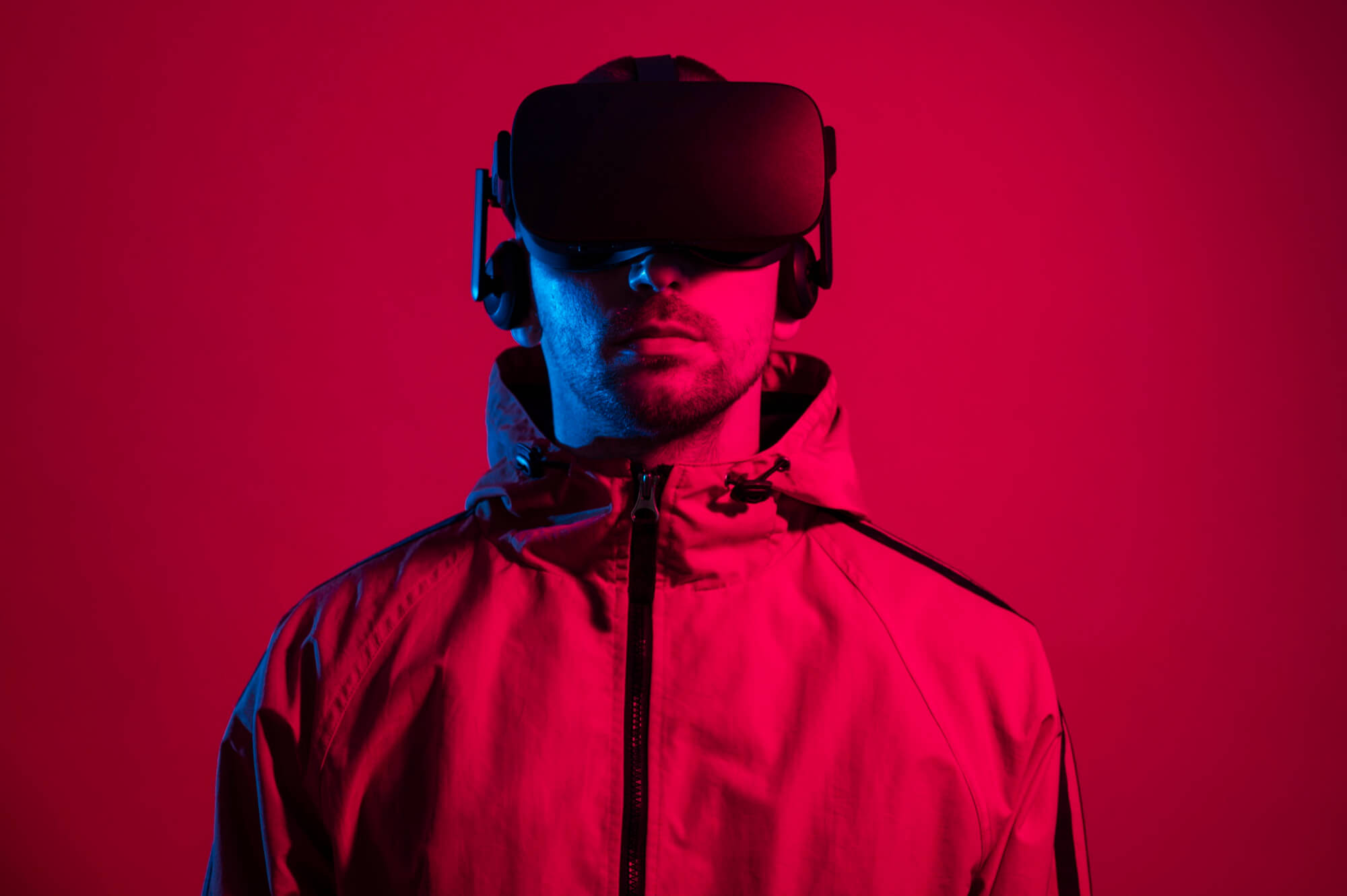Introduction
Creating a home studio on a budget is both feasible and rewarding. A home studio provides the flexibility to record, produce, and mix music from the comfort of your own space. The main advantage is the ability to work on your projects whenever inspiration strikes, without the need to book expensive studio time.
Key takeaway: You can set up a functional home studio for under $500. This article will guide you through:
- Selecting the right space for your home studio.
- Identifying essential equipment within a budget.
- Implementing cost-effective acoustic treatment.
- Budgeting effectively to prioritize essential items.
- Enhancing your setup with additional tools and accessories.
- Utilizing online resources to improve your skills.
By following these steps, you can create an efficient home studio tailored to your needs without breaking the bank.
1. Choosing the Right Space for Your Home Studio
Selecting the right space is crucial when setting up your home studio. A quiet room for recording minimizes sound interference and ensures better audio quality. Here are some key points to consider:
Importance of Selecting an Appropriate Location:
- Reduces external noise and distractions.
- Enhances sound quality by minimizing echoes and reverb.
Recommended Room Types:
- Garage: Ideal for bands or larger setups due to its spaciousness.
- Basement: Offers isolation from the rest of the house, perfect for undisturbed sessions.
Factors to Avoid:
- Low Ceilings: Can cause sound reflections that distort recordings.
- Square-Shaped Rooms: Tend to create standing waves, negatively impacting acoustics.
Choosing a suitable space sets a strong foundation for your home studio, making it easier to achieve professional-quality recordings within your budget constraints.

2. Essential Equipment for a Budget Home Studio
Computer Specifications
To create a functional home studio, start with a reliable computer capable of handling music production software. The minimum specifications to aim for include:
- 8GB RAM: Provides sufficient memory for running multiple tracks and effects.
- 64-bit Operating System: Ensures compatibility with most Digital Audio Workstations (DAWs).
An SSD (Solid State Drive) is recommended for the primary drive due to its performance benefits:
- Faster Load Times: Significantly reduces the time it takes to load projects and software.
- Improved Reliability: Fewer moving parts mean less chance of mechanical failure.
Digital Audio Workstation (DAW) Selection
A DAW is essential for recording, editing, and producing music. Here are some popular options tailored to different budgets:
- Garageband: Free and user-friendly, ideal for beginners on macOS.
- Pro Tools First: An entry-level version of the industry-standard Pro Tools, offering essential features at no cost.
- Ableton Live Lite: Comes bundled with various hardware purchases, perfect for electronic music production.
For those willing to invest more:
- Logic Pro X: A professional-grade DAW exclusive to macOS.
Audio Interface Selection
The audio interface connects your microphones and instruments to your computer. Key features to consider:
- Functionality and Importance: Converts analog signals to digital, ensuring high-quality recordings.
- Entry-Level Recommendations:
- Focusrite Scarlett 2i2: Reliable with two inputs, suitable for small projects.
- Behringer UMC22: Budget-friendly option without compromising on basic functionality.
Microphone Choices
Quality microphones are crucial for capturing clear audio. Two types often used in home studios include:
- Condenser Microphones:
- Example: Rode NT1A – Known for its clarity and detail, excellent for vocals.
- Dynamic Microphones:
- Example: Shure SM57/SM58 – Versatile and durable, ideal for both vocals and instruments.
Studio Monitors and Headphones
Accurate sound reproduction is key:
- Studio Monitors:
- Ensure they provide a flat frequency response.
- Size should match your room dimensions; smaller monitors suit smaller spaces.
- Headphones Suitable for Tracking:
- Closed-back headphones prevent sound leakage during recording sessions.
- Examples: Audio-Technica ATH-M50x offers excellent isolation and sound quality.
By focusing on these essential pieces of equipment, you can build a functional home studio without exceeding your budget.
Audio Interface Selection
An audio interface is the cornerstone of your home studio setup. It acts as a bridge between your microphones/instruments and your computer, converting analog signals into digital data that your Digital Audio Workstation (DAW) can process.
Functionality and Importance:
- Signal Conversion: Converts analog signals from microphones and instruments into digital audio.
- Preamp Quality: Provides clean gain to your mics and instruments, essential for capturing high-quality recordings.
- Connectivity: Offers various input/output options for connecting multiple devices simultaneously.
Recommendations for Entry-Level Models:
- Focusrite Scarlett 2i2Features: Two high-quality mic/instrument inputs, USB connectivity, and bundled software including Pro Tools First.
- Price Range: $150-$170
- PreSonus AudioBox USB 96Features: Two combo mic/instrument inputs, MIDI I/O, and Studio One Artist DAW software.
- Price Range: $100-$120
- Behringer UMC22Features: Single mic preamp, one instrument input, and compatibility with most DAWs including Ableton Live.
- Price Range: $50-$70
Choosing the right audio interface ensures you get the best sound quality while staying within budget.
Microphone Choices
Quality microphones are essential for capturing clear and professional audio in your home studio. Selecting the right microphone impacts the final sound quality, ensuring that your recordings stand out.
Condenser Microphones:
- Ideal for vocals and acoustic instruments.
- Recommendations:Rode NT1A: Known for its low noise and detailed sound.
- Audio-Technica AT2020: Offers high-quality recording at an affordable price.
Dynamic Microphones:
- Versatile, durable, and suitable for a variety of recording situations.
- Recommendations:Shure SM57: Excellent for both instruments and vocals.
- Shure SM58: A classic choice for live vocals, also performs well in studio settings.
Investing in both condenser and dynamic microphones provides flexibility in your recording options, enhancing the breadth and quality of your home studio productions.
Studio Monitors and Headphones
Accurate sound reproduction is crucial for any home studio. Studio monitors provide a flat frequency response, ensuring you hear your recordings exactly as they are, without coloration. This helps in making precise mixing decisions. For budget-friendly options, consider the Presonus Eris E3.5 or the Mackie CR3-X. Both offer reliable performance and are well-suited for smaller rooms.
When it comes to headphones, closed-back models are ideal for tracking because they prevent sound leakage, which can interfere with your recordings. The Audio-Technica ATH-M50x and the Sony MDR-7506 are excellent choices that balance quality and affordability.
Utilizing both studio monitors and high-quality headphones ensures you get an accurate representation of your audio during both tracking and mixing stages.
3. Acoustic Treatment Strategies
Acoustic treatment is crucial in a home studio to ensure your recordings and mixes sound professional. Echoes, reverb, and unwanted reflections can significantly degrade the quality of your audio.
Cost-effective Solutions
- Foam Panels: Affordable and easy to install, foam panels can be placed on walls and ceilings to absorb high-frequency sounds.
- Soft Furnishings: Items like rugs, curtains, and upholstered furniture can help dampen sound reflections.
- DIY Bass Traps: Constructing bass traps from rock wool or fiberglass insulation can effectively manage low-frequency issues.
Consider these methods to enhance your studio’s acoustics without breaking the bank.
4. Budgeting Your Home Studio Setup
Creating an affordable home studio involves strategic financial planning. Here’s a breakdown of how to budget effectively within the $500-$1,000 range:
Estimating Costs
- Computer: Allocate around $300-$400 for a computer meeting the minimum specifications (8GB RAM, 64-bit OS).
- Audio Interface: An entry-level model like the Focusrite Scarlett 2i2 can be found for approximately $150.
- Microphones: Expect to spend about $100 on a good condenser microphone and another $100 on a versatile dynamic microphone.
- Studio Monitors/Headphones: Budget around $100-$200 for decent studio monitors or headphones.
Prioritizing Essential Items
- Focus first on acquiring a reliable computer and audio interface since these are fundamental to any recording setup.
- Consider starting with one high-quality microphone, then expand your collection as needed.
Exploring Used Options
- Platforms like eBay, Craigslist, or local music stores often have second-hand gear at reduced prices.
- Ensure the used equipment is in good working condition by checking reviews and asking for demo sessions if possible.
By carefully allocating your budget and considering used options, you can set up an efficient home studio without breaking the bank.
5. Additional Tools and Accessories
Incorporating a MIDI keyboard for music production can significantly enhance your home studio’s capabilities. MIDI keyboards provide:
- Versatility: They allow you to control virtual instruments and software synthesizers.
- Creativity: Enable complex compositions and arrangements with ease.
- Convenience: Compact designs fit seamlessly into small spaces, making them ideal for budget setups.
Popular models like the Akai MPK Mini or M-Audio Keystation offer excellent functionality without breaking the bank. Investing in a MIDI keyboard opens up new dimensions in your music production process, facilitating greater creativity and efficiency.
6. Learning Resources and Skill Enhancement
Enhancing your skills in home recording doesn’t have to strain your budget. Several online resources can significantly boost your knowledge and proficiency without any extra costs.
Utilizing Online Resources
- YouTube Tutorials: Channels like Recording Revolution and Produce Like a Pro offer free, high-quality tutorials on various aspects of home recording.
- Free DAW Guides: Many Digital Audio Workstations (DAWs) provide free guides and tutorials on their official websites. These resources cover everything from basic setup to advanced techniques.
Community Forums and Tutorial Websites
Engage with communities to gain insights and tips for home recording:
- Reddit: Subreddits like r/WeAreTheMusicMakers and r/audioengineering are treasure troves of information where you can ask questions, share experiences, and get feedback.
- Gearslutz: This forum is popular among audio professionals and hobbyists alike, offering advice on gear, techniques, and troubleshooting.
- Coursera & Udemy: While some courses are paid, there are free options available that cover fundamental topics in audio production.
By leveraging these resources, you can improve your skill set without breaking the bank.
Conclusion
Creating a home studio on a budget is entirely achievable with careful planning and smart choices. Start with the essentials, such as a reliable computer, an audio interface, and quality microphones. Use cost-effective acoustic treatments to enhance your sound environment.
Remember, it’s not about having the most expensive equipment but making the best use of what you have. With resources like online tutorials and community forums, you can continually improve your skills without breaking the bank.
Your dream studio is just a few strategic purchases away.








